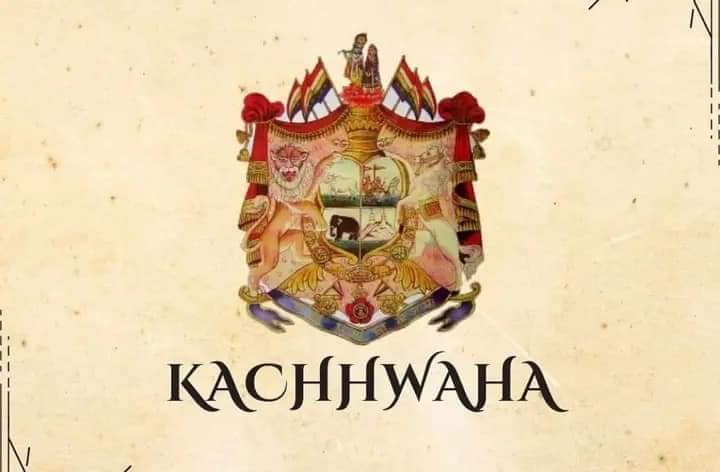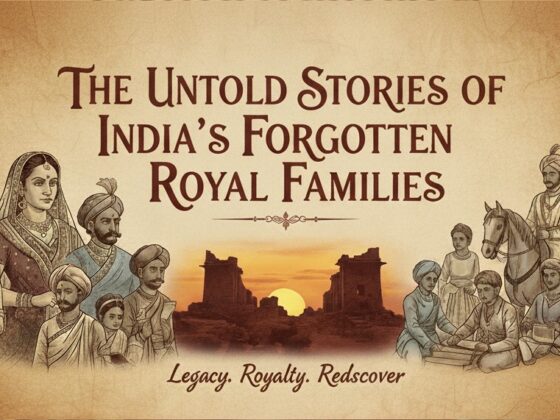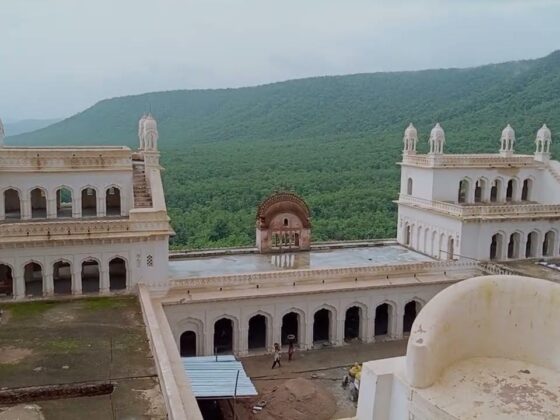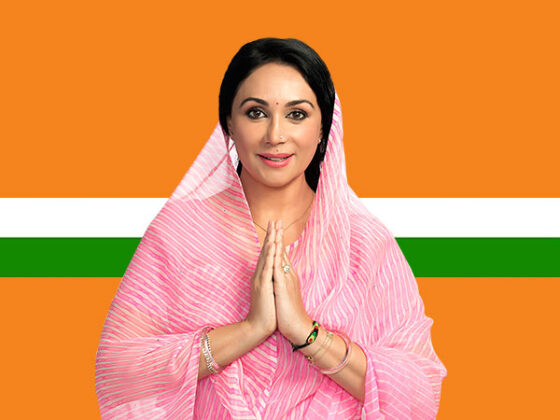The Kachhwaha Dynasty: A Historic Legacy of Rajasthan

Introduction
The Kachhwaha Dynasty is one of the most prominent Rajput clans in Rajasthan’s history. Originating in the 12th century, the Kachhwahas greatly influenced the region’s politics, culture, and architecture. Known for their bravery and strategic alliances, they left a lasting legacy. This article explores their origins, rise to power, key rulers, cultural contributions, and enduring impact.
Origins of the Kachhwaha Dynasty
The Kachhwaha Dynasty traces its roots to Kachhapa, a legendary figure in Rajput lore. Historically, the clan emerged from the Chauhan Rajput group. They became independent in the 12th century under Maharaja Kanak Singh. The dynasty established its power base in Amber, which is now part of Jaipur.
The Kachhwaha rulers were skilled at forging alliances. Their territory included present-day Jaipur, Tonk, and parts of eastern Rajasthan. The dynasty’s influence grew through strategic marriages, including alliances with the Mughal Empire. This strengthened their political position.
The Rise of the Kachhwaha Dynasty
One of the key figures in the dynasty’s rise was Maharaja Bharmal in the 16th century. His marriage to Mughal Emperor Akbar’s sister, Mariam-uz-Zamani, helped solidify the Kachhwaha’s power. Bharmal’s alliance with Akbar provided military and land support.
The capital of the Kachhwaha Dynasty, Amber, became a symbol of their strength. Maharaja Man Singh I, Bharmal’s successor, expanded their influence. Man Singh also played a major role in Akbar’s campaigns. He was one of the Mughal emperor’s most trusted generals.
Key Rulers of the Kachhwaha Dynasty
Several rulers played vital roles in shaping the Kachhwaha legacy:
-
Maharaja Man Singh I (1550–1614): Man Singh is considered the greatest of the Kachhwaha rulers. He was a key figure in Akbar’s court and a prominent general. Man Singh helped the Mughal Empire with military conquests, including the famous Battle of Haldighati. His legacy lives on through his military achievements and contributions to Rajasthan.
-
Maharaja Jai Singh II (1688–1743): Jai Singh II is credited with founding Jaipur, Rajasthan’s capital. A brilliant mathematician, astronomer, and architect, he designed Jaipur as a planned city. He also built the Jantar Mantar observatories in Jaipur and Delhi. These are UNESCO World Heritage sites today.
Architectural Contributions and Cultural Influence
The Kachhwaha Dynasty left a rich architectural legacy. Their ability to blend Rajput and Mughal styles created unique structures.
-
Amber Fort and Palace: Located in Jaipur, the Amber Fort is one of the most iconic Kachhwaha constructions. Built under Maharaja Man Singh I, the fort blends Hindu and Mughal elements. The intricate frescoes and massive gates showcase the dynasty’s architectural vision.
-
Jaipur City and Jantar Mantar: Founded by Jai Singh II, Jaipur reflects his vision for a modern city. The city’s wide streets, grand palaces, and intricate temples are all part of its charm. The Jantar Mantar, an astronomical observatory, highlights Jai Singh’s interest in science and mathematics.
-
Hawa Mahal: Another famous structure built by the Kachhwahas is the Hawa Mahal in 1799. Designed by Maharaja Sawai Pratap Singh, this palace features intricate latticework. It allowed royal women to view street festivals without being seen.
Military Prowess and Alliances
The Kachhwaha rulers were also known for their military skill. They fought many battles to protect their land and expand their influence. They formed alliances with other Rajput clans and, later, with the Mughal Empire.
The Kachhwahas played a significant role in the Maratha Wars and British Raj. Many Kachhwaha nobles served as military leaders in both the Maratha and British forces, helping to maintain the dynasty’s prominence.
Decline and Legacy of the Kachhwaha Dynasty
With the fall of the Mughal Empire, the Kachhwahas faced new challenges. Despite these difficulties, they continued to hold significant influence in Rajasthan and beyond.
After India’s independence in 1947, the Kachhwaha rulers lost their princely states. However, their cultural contributions remain part of Rajasthan’s heritage. Today, the Jaipur royal family remains influential in politics, and the Kachhwaha legacy continues to shape the region’s identity.
Conclusion
The Kachhwaha Dynasty played a central role in Rajasthan’s history. From military campaigns to architectural masterpieces, the rulers left a lasting impact on the region. Their fortresses, palaces, and cities remain symbols of their power and vision. The dynasty’s legacy is still celebrated today, making the Kachhwahas one of India’s most influential Rajput clans.









